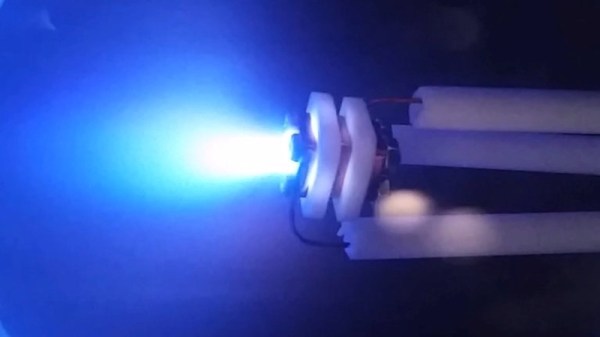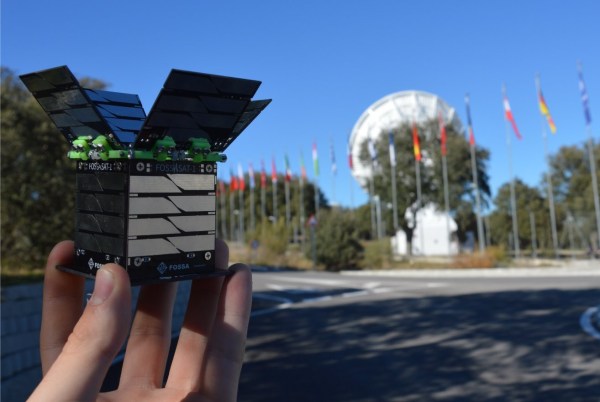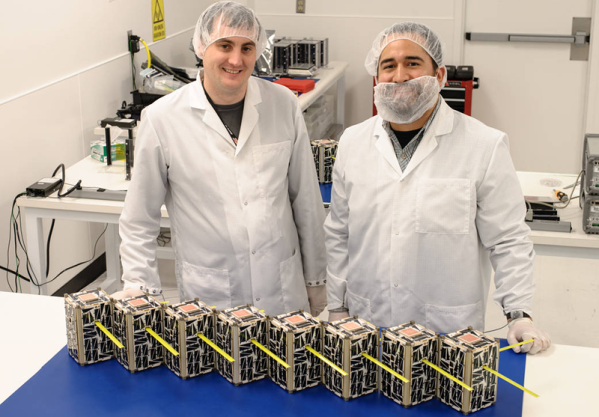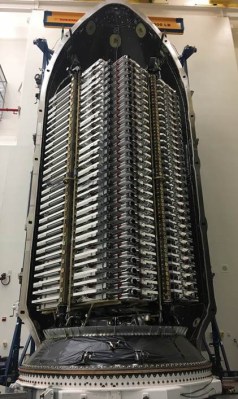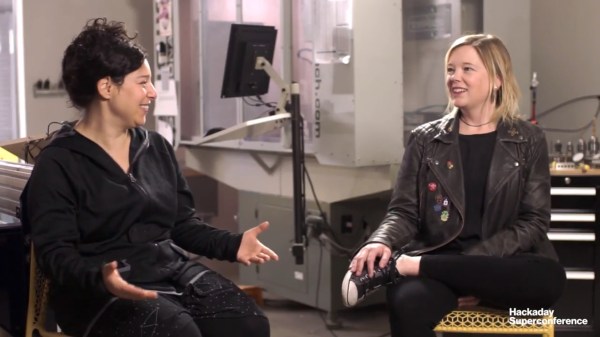It seems as though every week we see something that clearly shows we’re living in the future. The components we routinely incorporate into our projects would have seemed like science fiction only a few short years ago, but now we buy them online and have them shipped to us for pennies. And what can say we’ve arrived in the future more than off-the-shelf plasma thrusters for the DIY microsatellite market?
Although [Michael Bretti] does tell us that he plans to sell these thrusters eventually, they’re not quite ready for the market yet. The AIS-gPPT3-1C series that’s currently under testing is designed for the micro-est of satellites, the PocketQube, a format with a unit size only 5 cm on a side – an eighth the size of a 1U CubeSat. The thrusters are solid-fueled, with blocks of Teflon, PEEK, or Ultem that are ablated by a stream of plasma. The gaseous exhaust is accelerated and shaped by a magnetic nozzle that’s integrated right into the thruster. The thruster is mounted directly to a PCB containing the high-voltage supplies and control electronics to interface with the PocketQube’s systems. The 34-gram thrusters have enough fuel for perhaps 500 firings, although that and the specifics of performance are yet to be tested.
If you have any interest at all in space engineering or propulsion systems, [Michael]’s site is worth a look. There’s a wealth of data there, and reading it will give you a great appreciation for plasma physics. We’ve been down that road a lot lately, with cold plasma, thin-film plasma deposition, and even explaining the mystery of plasmatic grapes.
Thanks to [miguekf] for the tip.

